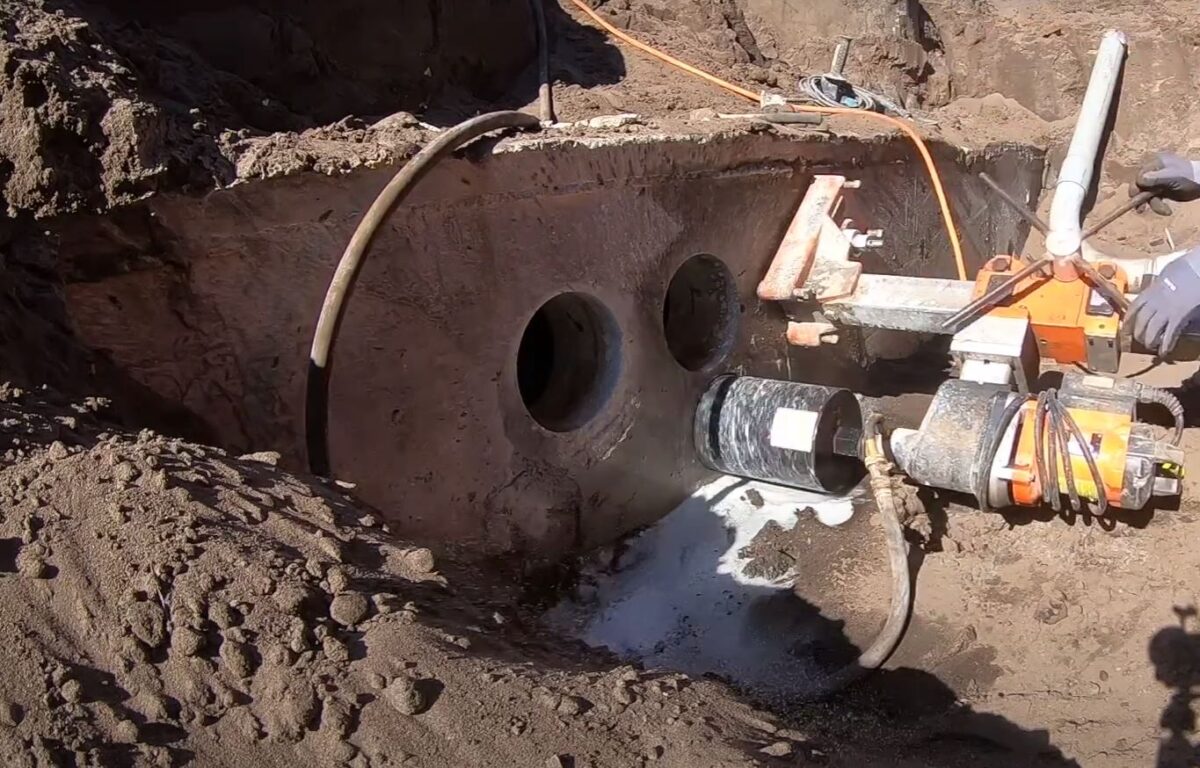Environmental Considerations in Core Drilling
Concrete coring, a cornerstone of Auckland construction projects, is a method commonly employed to extract cylindrical samples from existing concrete structures. These samples are often used for testing or to create openings for utilities like plumbing and electrical conduit. While the benefits of concrete coring are numerous, there are equally essential environmental considerations to keep in mind.
By-products of Core Drilling
Core drilling, like most construction procedures, produces waste. The two primary by-products generated during concrete coring are slurry and the actual cylindrical concrete core:
- Slurry: This is a mix of water and concrete dust. Slurry can be harmful if it enters the water system as it can impact aquatic life and disrupt the ecosystem. Additionally, if left unattended, it can clog drains, causing drainage problems in areas prone to rain.
- Concrete Cores: The cylindrical samples removed can often be large and, if not repurposed or recycled, contribute to construction waste.
Energy Consumption
The machinery used for concrete drilling requires a significant amount of energy, especially for more substantial or deeper cores. While advancements in technology and equipment have led to more energy-efficient machines, it remains an aspect to consider in terms of environmental impact.
Noise and Vibration Pollution
Concrete coring, if not done using the latest equipment or techniques, can produce considerable noise and vibrations. Such disturbances can not only be a nuisance for local residents but can also have impacts on local fauna, especially in suburbs like Ponsonby, which are densely populated.
Auckland’s Stance on Environmental Protection
Auckland Council, in its mission to promote sustainable and environmentally friendly construction practices, has set specific bylaws pertaining to concrete cutting and drilling. For example, in suburbs like Remuera, guidelines stipulate how waste from construction, including from concrete coring, should be disposed of to ensure minimal environmental impact.
Reducing Environmental Impact
Modern methods and best practices can be employed to reduce the environmental footprint of concrete coring:
- Water Recycling Systems: Using these systems, the water used during drilling can be recycled, leading to less water wastage.
- Slurry Containment: Ensuring that slurry is appropriately contained and disposed of can reduce the environmental impact significantly.
- Low Noise Equipment: Opting for machinery that operates with reduced noise can minimise the disturbances to the community.
- Use of Biodegradable Lubricants: This can reduce soil and water pollution.
Comparison Table: Traditional vs Modern Core Drilling Techniques
| Aspect | Traditional Technique | Modern Technique |
| Energy Consumption | Higher due to older machinery | Reduced with advanced equipment |
| Noise Pollution | Significant noise generation | Reduced noise output |
| Slurry Production | Higher volume produced | Controlled with water recycling |
| Vibration Levels | Can be disruptive | Minimised with modern machinery |
Key Takeaways
- Concrete coring, though essential, has environmental considerations like waste production, energy consumption, and noise pollution.
- Modern drilling techniques and equipment have significantly reduced the environmental footprint of Auckland concrete cutting and coring.
- Following Auckland Council bylaws and guidelines, especially in regions like Ponsonby and Remuera, can ensure environmentally friendly practices during concrete drilling.
With the above considerations in mind, it’s essential to choose a reputable company for your concrete coring needs in Auckland. Ensuring they follow the latest techniques and adhere to the council’s guidelines can make your construction project as eco-friendly as possible.
Frequently Asked Questions
How does the slurry from core drilling impact the environment?
The slurry, a mixture of water and concrete dust, can be harmful if it enters the water system. It has the potential to affect aquatic life, disrupt the natural ecosystem, and, if not properly managed, can clog drains leading to drainage issues.
Are there regulations in Auckland for disposing of waste from core drilling?
Yes, Auckland Council has set specific bylaws regarding the disposal of construction waste, including that from concrete coring. These regulations ensure that the environmental impact is minimised, especially in dense suburbs like Remuera.
Is the noise from concrete coring harmful to local fauna?
Excessive noise and vibrations from concrete coring can disturb local fauna. Prolonged exposure can lead to stress and changes in natural behaviours, especially in densely populated areas.
What modern techniques are being used to reduce the environmental impact of core drilling?
Modern methods include the use of water recycling systems, slurry containment strategies, machinery that produces reduced noise, and the application of biodegradable lubricants.
How can I ensure my concrete coring project is environmentally friendly?
Opt for a reputable company that adheres to Auckland’s guidelines and employs the latest environmentally-friendly techniques. Ensure they use water recycling systems, low noise equipment, and biodegradable lubricants.
